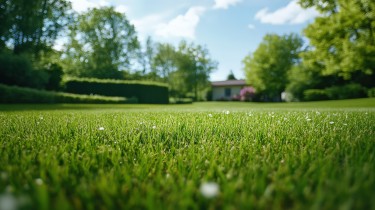

Discover the Secret to a Lush and Healthy Lawn
Read More ›
Blog
Follow these steps to create a beautiful perennial garden
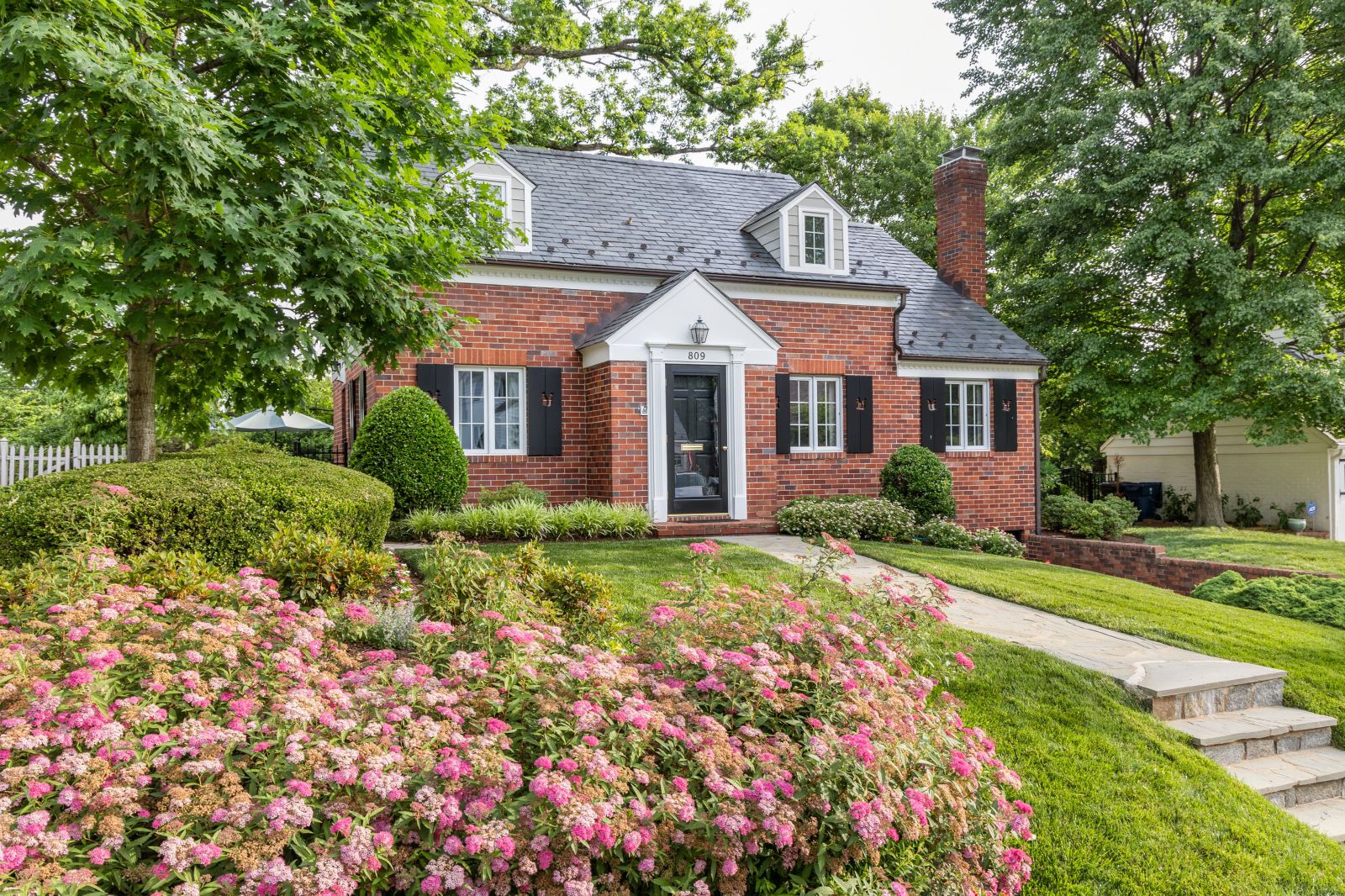
Don’t get me wrong. I love annuals too, but if your garden doesn’t have a good foundation of perennial plants, you’ll find yourself replanting your entire garden each spring.
If that sounds like fun to you, go for it… but if you want a lush and colorful garden without doing a ton of gardening or the expense of buying all new plants every year, do yourself a favor and plant some perennials.
Below is a guide on what perennials are and the ten best choices for gardens in Northern Virginia. Let’s get started!
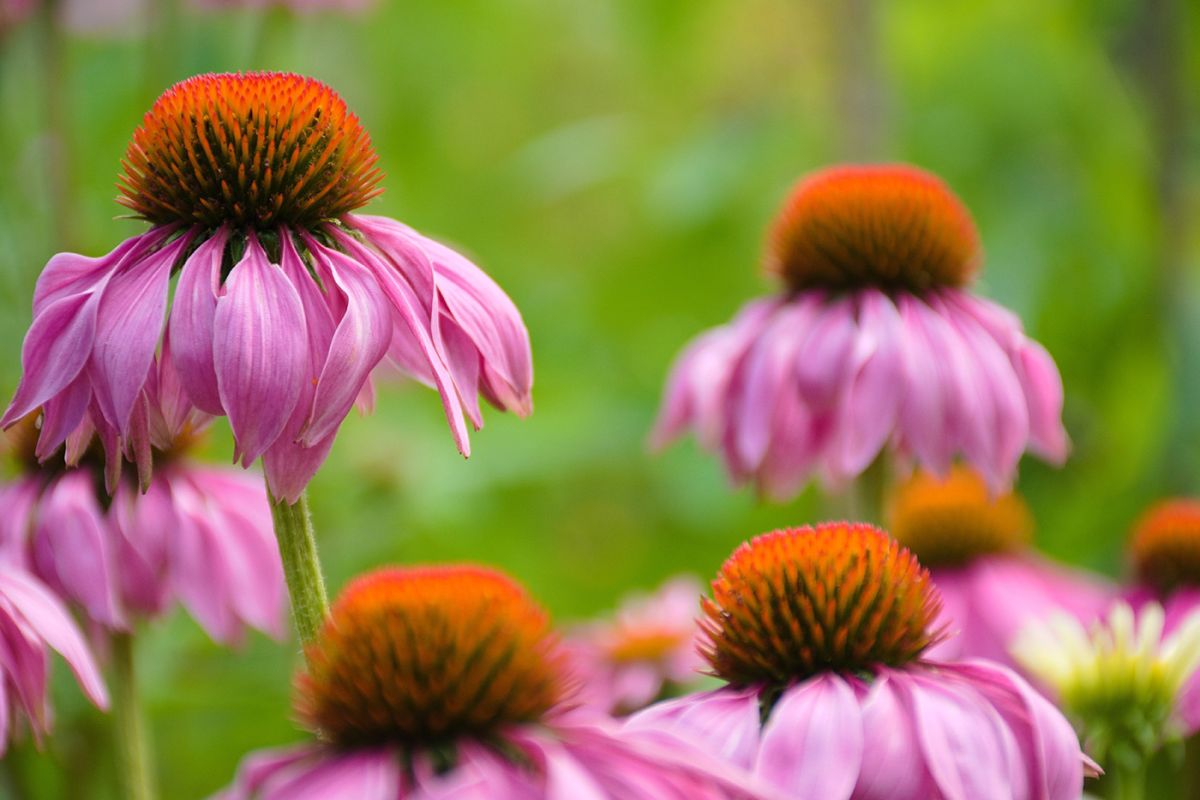
Perennials are the superheroes of the gardening world, providing stunning blooms year after year with minimal upkeep. With a few exceptions, most perennials only bloom for one season — spring, summer or fall — so it’s important to plant a variety with staggered blooming times to keep your garden interesting.
You should also choose some perennials that look good both in and out of bloom and are planted primarily for their foliage. Hostas, for example, are an excellent choice for foundation plantings.
Now here’s where it gets a bit confusing. A plant can behave as an annual or a perennial depending on which Hardiness Zone it’s in. Here in Northern Virginia, for example, our Hardiness Zone is mostly 7b, so plants that are only hardy in zones above will behave as annuals and die when it gets too cold.
Dahlias, for example, are perennials in the sunny south (zones 8-10) but are treated as annuals in the north. To be sure, check the label to confirm whether or not the plant you’re buying is a perennial in your area.
Perennials live for at least two years, but most will last many more years if properly cared for. That means watching for signs of disease or pests, keeping them watered, weeded, pruned and fertilized, deadheading them and separating them when they become too crowded.
That may sound like a lot or work, but trust me, it’s a lot less than replanting annuals every year! Most of these tasks take minimal effort and some — like separating them — is only done every few years. And some perennials have lower maintenance requirements than others, so choose wisely.
Northern Virginia has a humid subtropical climate with hot summers and cold winters. Here are ten of the best perennials for this region.
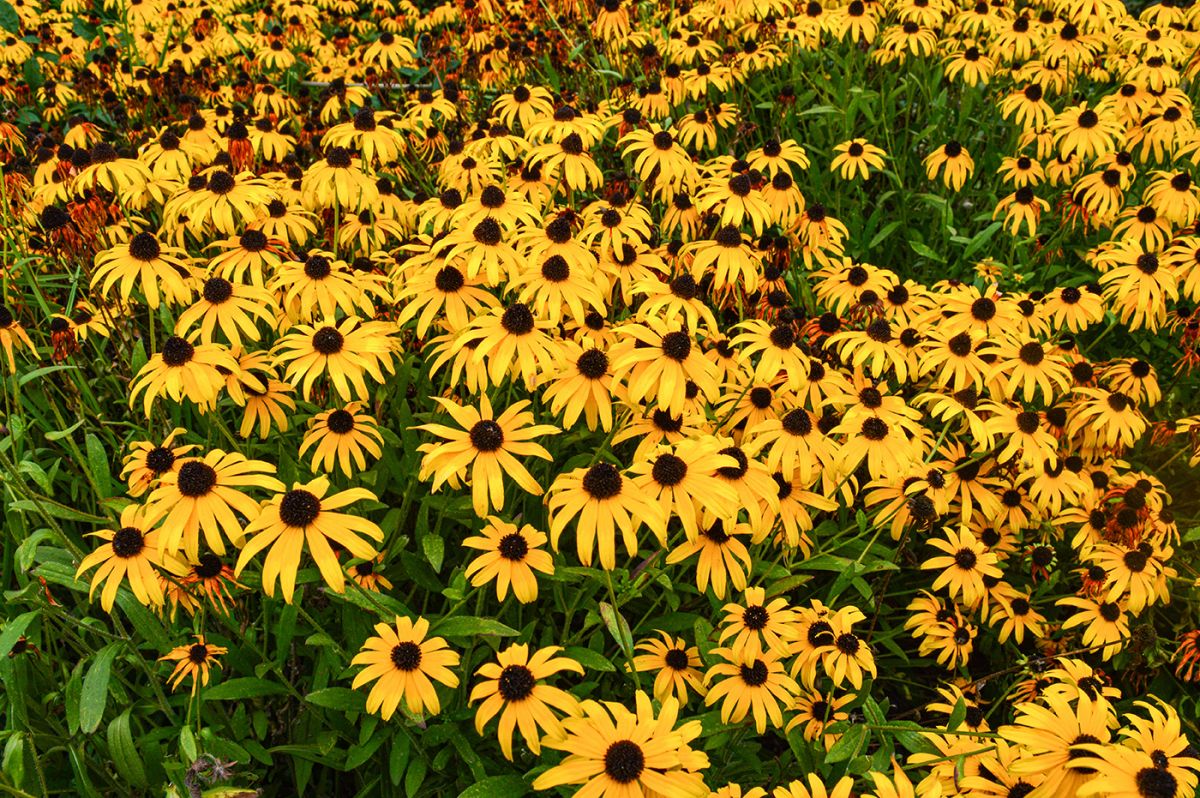
1. Black-eyed Susan (Rudbeckia hirta) — This is a classic, low-maintenance perennial that features bright yellow flowers with dark centers. It blooms from mid-summer to early fall and is drought-tolerant.
2. Butterfly weed (Asclepias tuberosa) — This native plant features bright orange flowers that attract butterflies, as the name suggests. It blooms from mid-summer to early fall and is a great choice for a sunny spot in your garden.
3. Coneflower (Echinacea purpurea) — This native plant features showy pink, purple, or white flowers with distinctive cone-shaped centers. It blooms from mid-summer to early fall and is drought-tolerant.

4. Daylily (Hemerocallis) — Daylilies come in a wide range of colors and are easy to grow. They bloom from late spring to mid-summer and are tolerant of a wide range of conditions.
5. Salvia (Salvia nemorosa) — This low-maintenance perennial features spikes of blue, purple, pink, or white flowers that bloom from late spring to mid-summer. It is drought-tolerant and attracts pollinators like bees and butterflies.
6. Russian sage (Perovskia atriplicifolia) — This aromatic perennial features silvery-gray foliage and spikes of lavender-blue flowers that bloom from mid-summer to early fall. It is drought-tolerant and attracts pollinators.
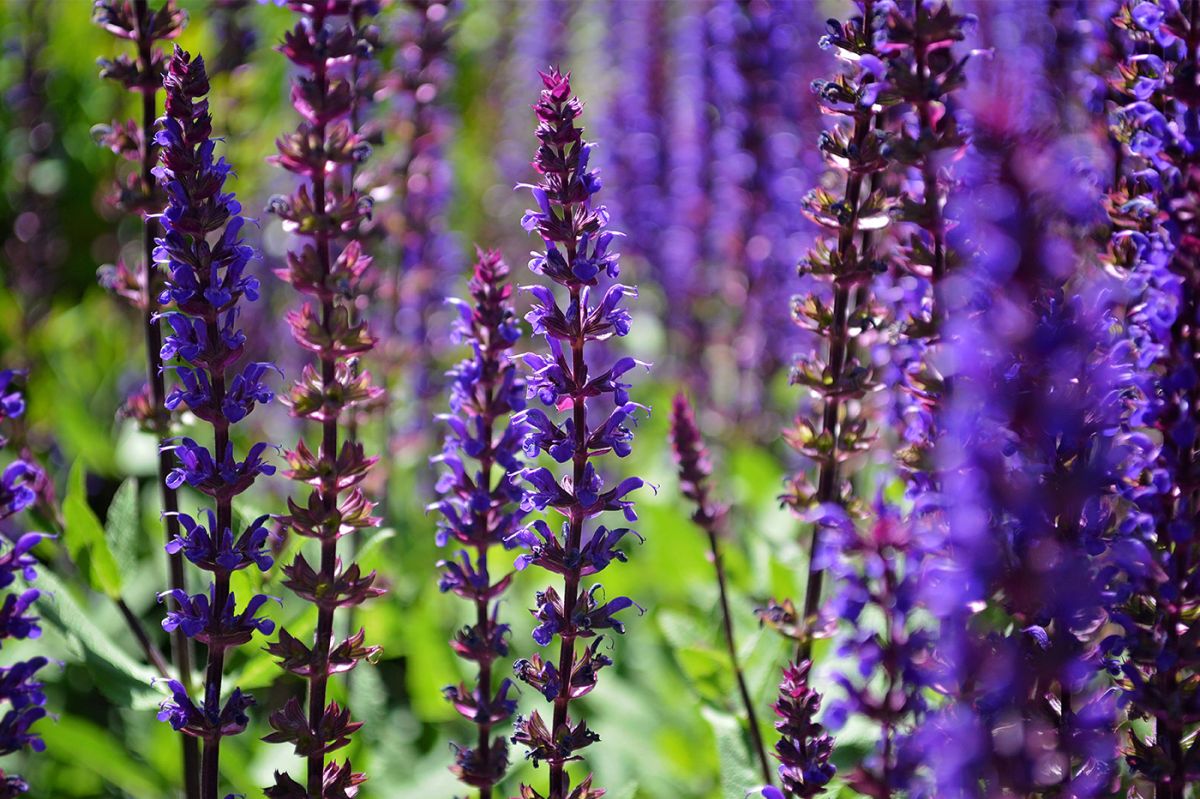
7. Catmint (Nepeta) — This low-maintenance perennial features fragrant foliage and spikes of blue, lavender, or white flowers that bloom from late spring to early fall.
8. Coral bells (Heuchera) — This colorful perennial features foliage in shades of green, purple, and red, as well as spikes of pink or white flowers that bloom in early summer.
9. Baptisia (Baptisia australis) — This native plant features spikes of blue, purple, or white flowers that bloom in late spring to early summer.
10. Hosta (Hosta) — This shade-loving perennial has attractive foliage in a wide range of colors and textures and produces spikes of white or lavender flowers in mid-summer.
By no means is this an exhaustive list… there are plenty of other great perennials you can add to your garden!
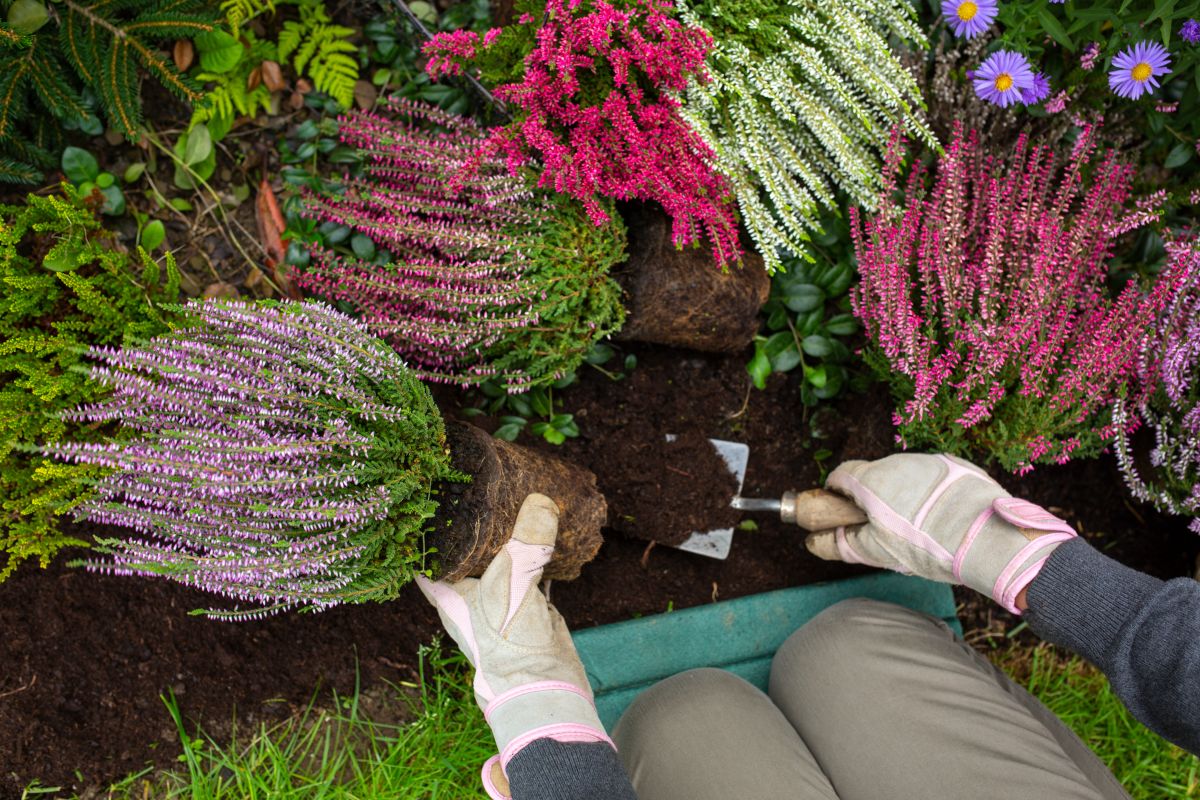
There are a lot of factors to consider before you can create a successful perennial garden. Here’s what we suggest:
As far as when to plant flowers in Virginia, perennials can potentially be planted in the early spring (even before the threat of frost has completely gone away) or fall.
Now that you know how to plant a perennial garden and which plants to choose, you still might want some help designing, planting and maintaining it… that’s where we come in!
We can help you create a beautiful and thriving garden that will last for years to come. So what are you waiting for? Book a free consultation and tell us about the plans you have for your garden.
Written by Brandon Rushing, Founder & President
Posted on: April 25th, 2023